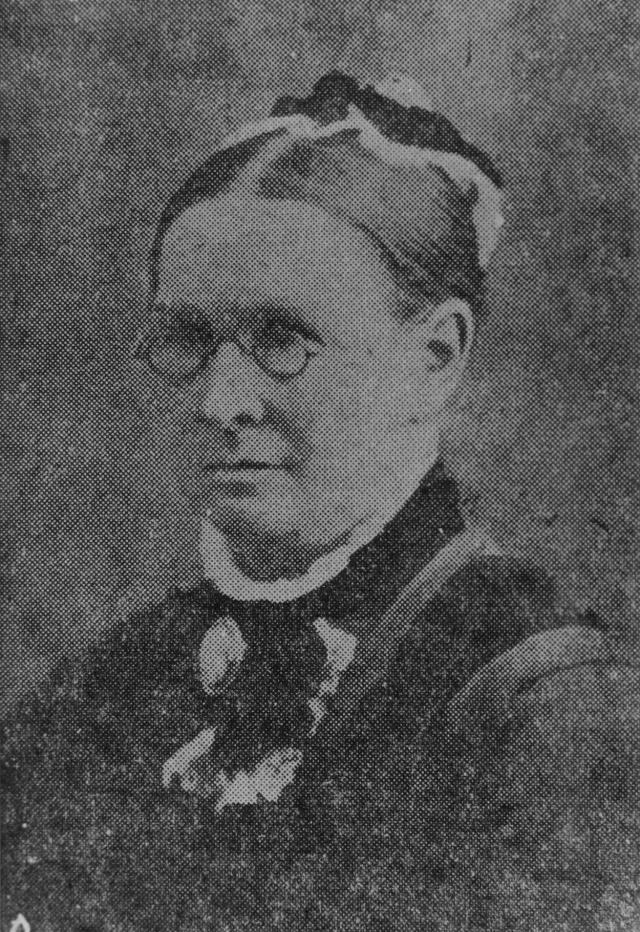
WHEN the first edition of The Border Watch was published, Ned Kelly was six years old, Burke and Wills were on their ill-fated expedition and Australia’s first Prime Minister, Edmund Barton, was 12 years old.
It was 1861 and The Border Watch was on the way to its 161st birthday which it reached last Tuesday.
The newspaper was started by Janet Laurie who had been editor of the Portland Herald since 1854 making her potentially the first female editor in Australian newspaper history.
As the first owner, manager and editor of The Border Watch, Janet was also probably the first female newspaper manager in Australia.
With her sons, Andrew, 17, and James, 15, Janet came to Mount Gambier on a bullock train carrying a Columbian Press, handset type cases and a will to succeed.
The Laurie family originally hailed from an area near the Scottish-English border and because of the similarities between the Mount Gambier region and their former homeland, and the fact that it was also near a border, they decided to call their newspaper The Border Watch.
In 1863 John Watson, who also came from Scotland and was working as a school teacher in Naracoorte, joined the business as partner and editor.
He went on to occupy the editor’s chair for what was then a world record 62 years and from 1863 the newspaper ran with the prefix of Laurie and Watson on its masthead for 116 years.
John Watson was also Mount Gambier’s first mayor in 1876.
Through the generations, the Laurie and Watson families ran the newspaper until 1977 when it was sold to Allan Scott, AO through his television company South East Telecasters.
In 1978 The Border Watch purchased the Penola Pennant and in 2007 bought the South Eastern Times and Millicent Print which operated from offices in Millicent.
The Border Watch began as a once-a-week publication published every Friday.
In 1866 it moved to twice weekly with a Wednesday edition and in 1926 went to three times a week with Tuesday, Thursday and Saturday editions.
In November 1981 a fourth edition was introduced on the Monday and from the early 1990s the newspaper was published four times a week on Tuesday, Wednesday, Thursday and Friday.
In August 2020, in the midst of the Covid-19 pandemic, the Border Watch and its associated mastheads of the South Eastern Times and the Penola Pennant, closed down.
A month later, in September 2020, The Border Watch was purchased by a small group of passionate second and third-generation regional newspaper proprietors and a multimedia consultant, forming The Border Watch Today Pty Ltd and continuing the masthead’s legacy.
Today, The Border Watch is the oldest SA country paper still in circulation and publishes once a week on Fridays.
This year, The Border Watch also revived its other mastheads, The South Eastern Times and Penola Pennant, with the first returned editions published on March 31 and continues once a week on Thursdays.
The Border Watch has been an active member of Country Press SA for more than a century and has won the top regional newspaper award in 2004, 2010, 2011, 2012, 2013, 2018, 2019, and 2021.








